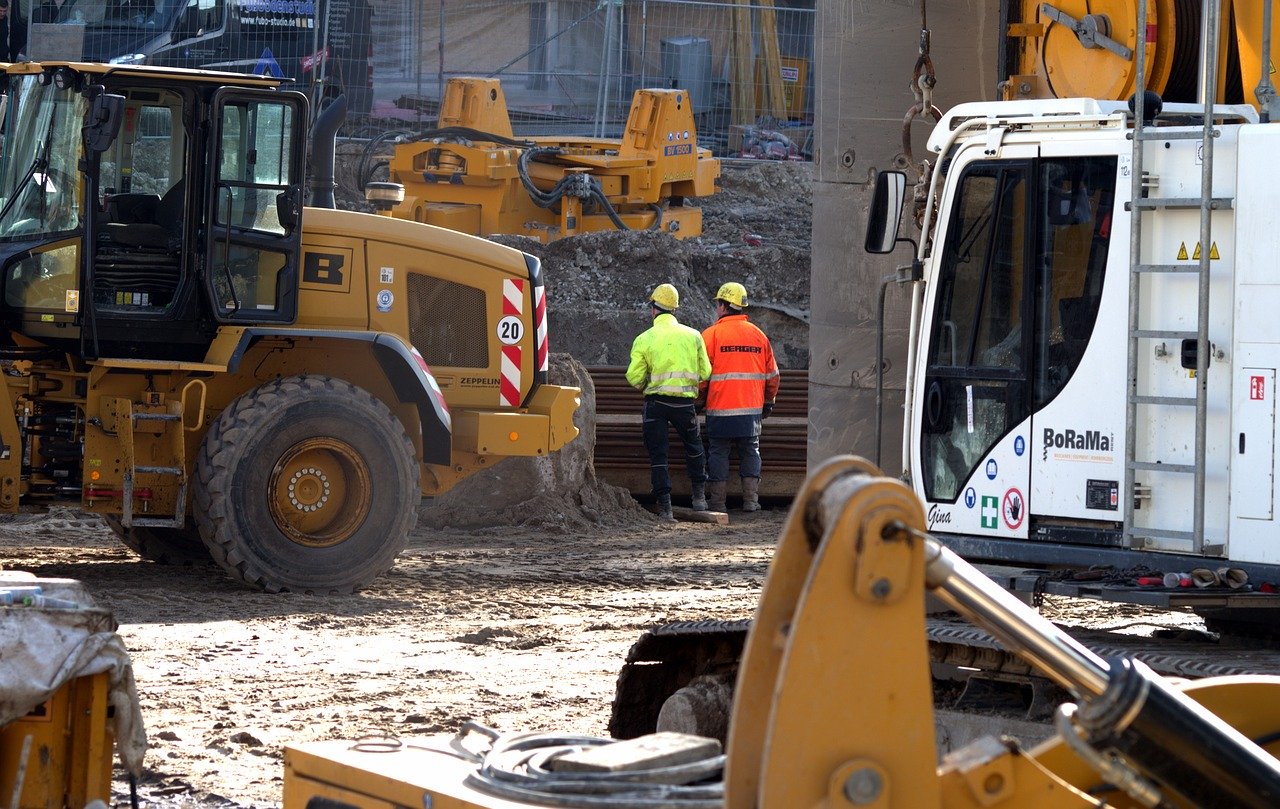The Golden Gate Bridge was, until 1964, the world’s longest single span suspension bridge. Build started in 1934 and it was opened up in 1937! Just three years! The pre-start blethering about it went on much longer than usual! That started in 1916! Much of it was about the money to finance building the bridge. The final tender price was for 37 million dollars and it was completed for 2 million dollars under budget.
Doesn’t sound a lot to us but at today’s prices, thanks to inflation, that would be about 10 BILLION dollars!
The bridge runs from the northern tip of the San Francisco peninsula for 1 mile out across the Golden Gate entry into San Francisco Bay and the other end is on Yerba Buena Island. At the same time the more conventional Oakland Bay Bridge was built and this went to Yerba Buena Island from the North to connect the two sides of San Francisco across the bay.
There is one thing about the Golden Gate Bridge that does puzzle me; the actual methods of construction simply don’t seem to be well recorded anywhere! That may be because the whole project was labelled “IMPOSSIBLE” – yes, in capital letters! So perhaps the lack of documentation is just down to it being too complicated for anyone except the guys doing the work to understand! Fortunately there are photographs of the work in progress which pretty well give the game away to us construction professionals!
No mention is made anywhere about the American steel industry which cast the components! We can deduce they were fairly slick because they managed to get the arty-farty Art Deco designs into the support columns!
Read also: How they built the Sydney Opera
The production of these steel components must have started at the same time as work on site began with the foundations for the piers for the steel support columns and the anchor points for the suspension cables. One of the factors which made its construction “IMPOSSIBLE” were the mud and silt in the Bay and the depth of the sea water.
Building work started at each end where huge concrete blocks were sunk deep into the earth and to which the 200-odd steel cables from which the bridge would be suspended were to be anchored. At the same time they built the towers which would begin to guide and raise the cables to the pylons which would bear the weight of the bridge.
Next to come were trestles built out to where the main support towers were to be erected. This gave easy access for the men. Now a major problem raised by the doom-sayers was the depth of the water, tidal surge and high winds. The guys on the job had a simple solution to that! They simply build protective palisades around where they wanted to work!
Dug holes in the sea bed, a couple at each end for the two towers, stuck steel and concrete in them and brought these up to the required height above sea level! Pretty much all done and dusted! Just a few bits of steel to bolt together now! That was done by shipping the tower sections out to where they were needed then they were lifted into place by cranes built on the piers.
Once the towers were finished the cables could be drawn between them.
To give access they built pontoons out to where they wanted to work and expanded these as work progressed. The cables were drawn out and sections of roadway taken out and lifted into position. They were then attached to the previous road section and suspended from the cables. Everything was either riveted or bolted together.
This is where it began to get a bit dangerous for those working on the Bridge. They couldn’t erect scaffolding, so everything had to be done either balancing on steel girders or dangling from ropes! Safety nets were strung out under them which did save all except 10 of them perished at once when a safety net failed because too much weight hit it. For some obscure reason there were also a fair number of suicides amongst the workers!
The last bit of road section went in and that was just about it! All that remained was to lay the road surface, install the lights and paint the steel structure! Someone came up with a paint which would preserve the steel from rusting as it was attacked by the salt-laden sea air and also by splashing when the sea became very rough.
This paint was an odd orange-red colour and it was expected that this would have to be over-coated with a more mundane colour. However the consensus was that the colour fitted in with the existing vista and also that it made identification of the Bridge easy at night and in cloudy or foggy conditions, so it has stayed that colour ever since.
Take a look at other great construction sights.





